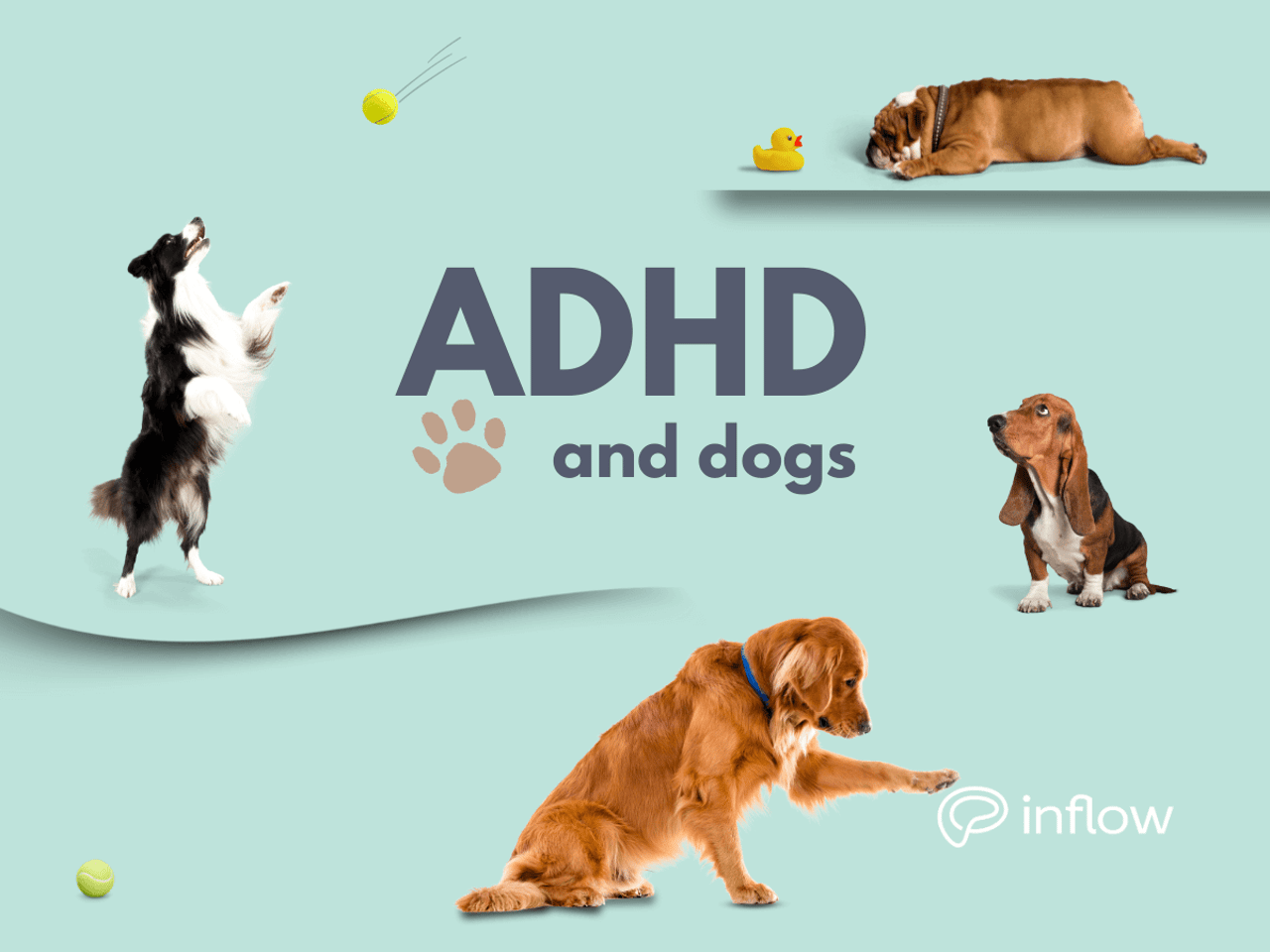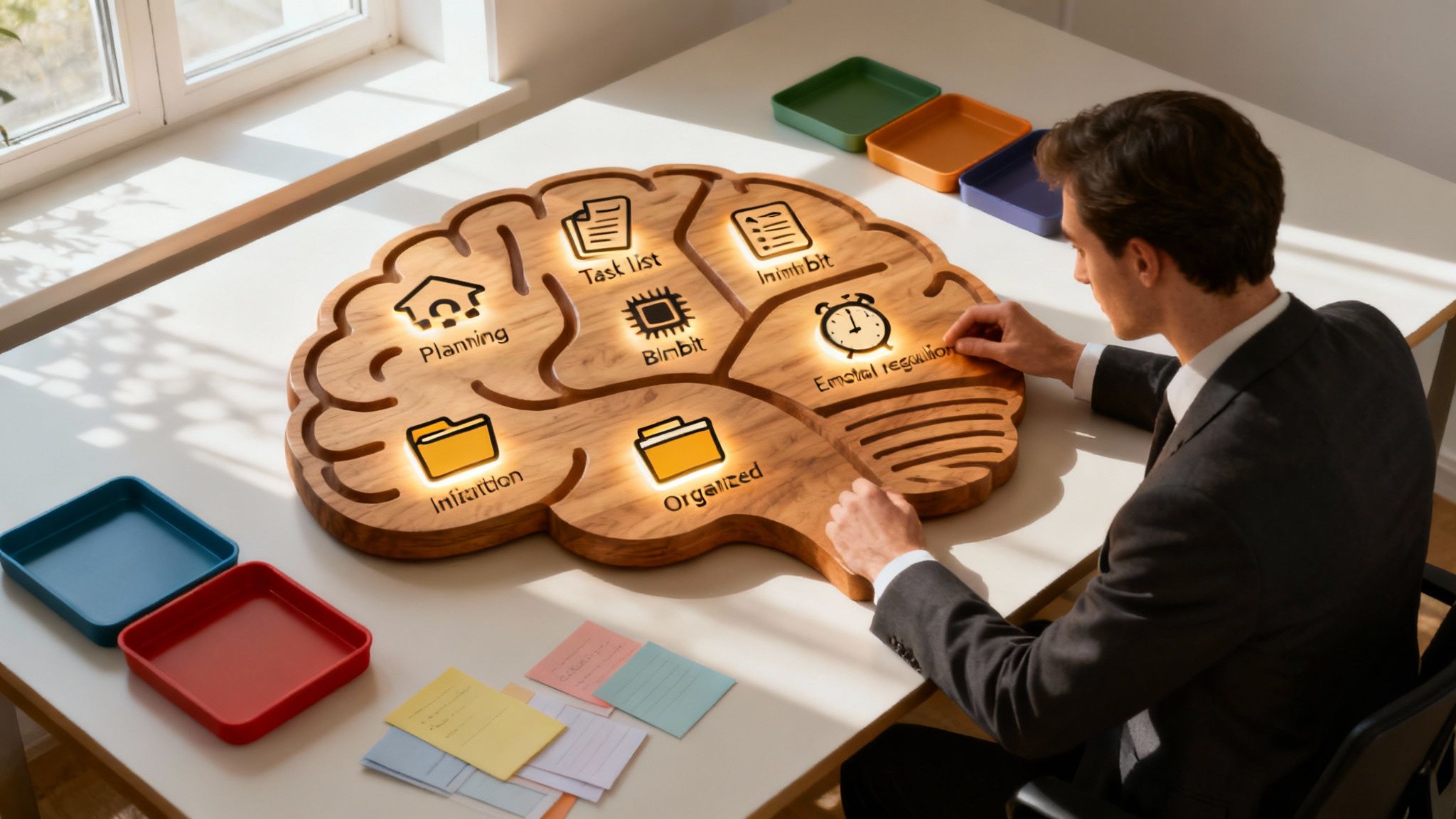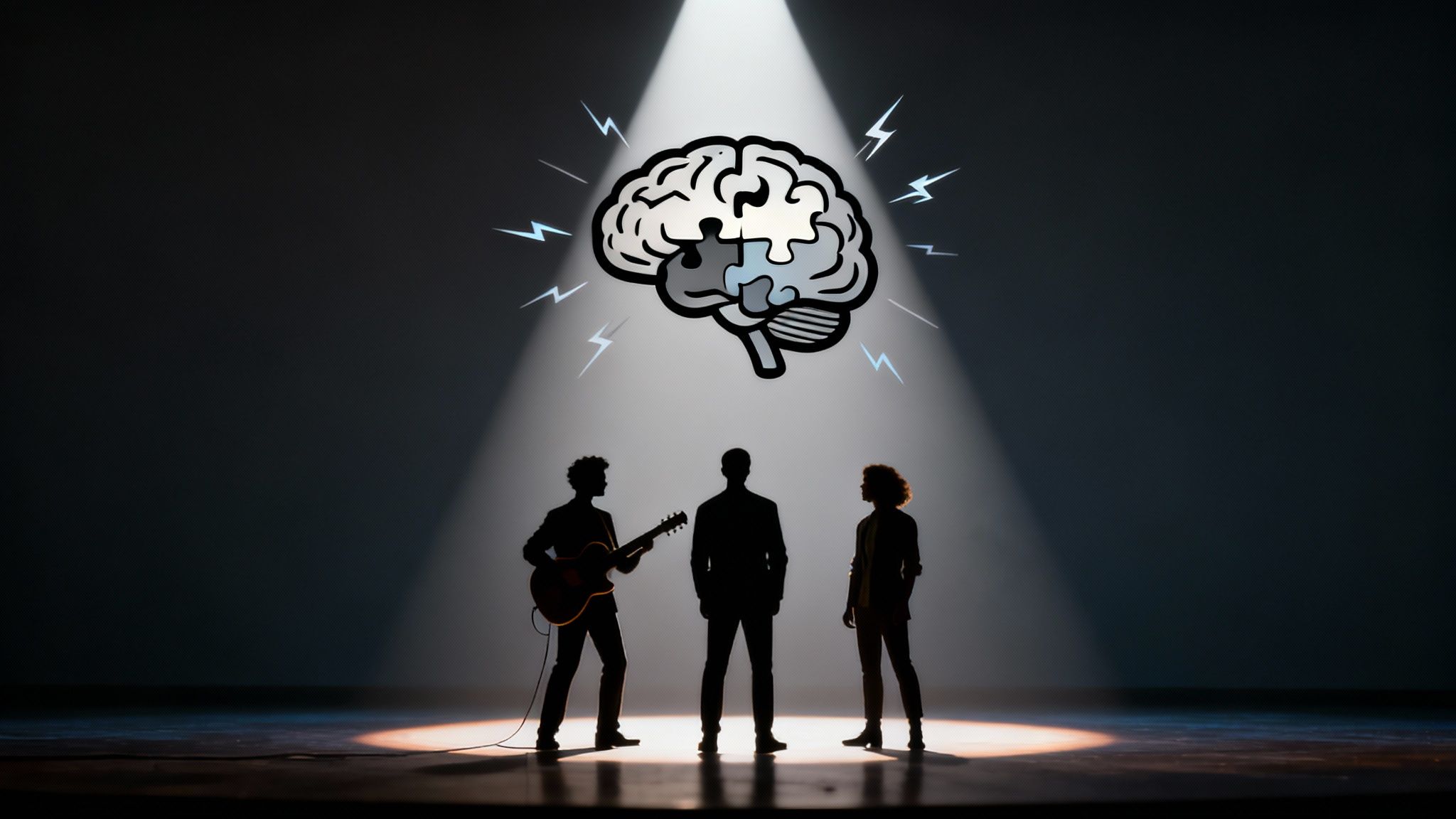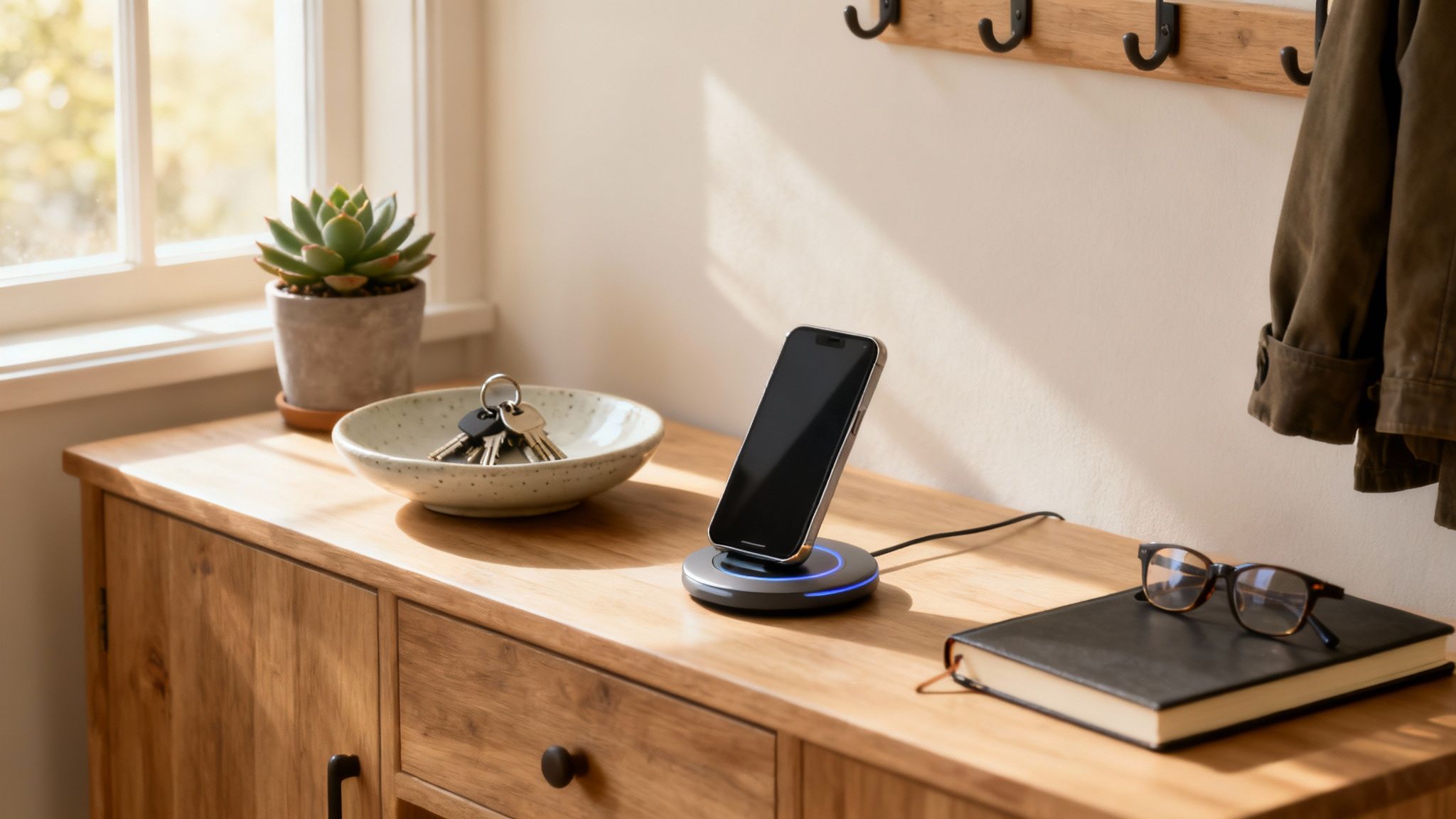Adopting my dog was a spontaneous decision, and I occasionally regret making such a significant commitment on impulse because he can be quite a handful. But at the same time, he’s helped me so much in my ADHD struggles, and I honestly can’t imagine life without him now.
If you have ADHD and are considering getting a dog (or just want to learn about all the cool ways your pet helps your ADHD brain), you’ve come to the right place! In this article, we’ll sniff out the ways dogs can positively impact an ADHDer’s mental health and what to consider before you go fetch your companion!
This topic has been a popular request among blog readers and Inflow members, so we've included as much information as possible to answer all of your questions! Let’s dig in.
Too long; didn’t read
- ADHDers in the USA qualify as “disabled” and are allowed emotional support animals (ESA) and/or psychiatric service animals (PSA) if recommended by a professional.
- ADHD adults, teens, and children can benefit from having a dog since they can help with routine-building and social anxiety, among other ADHD-related challenges.
- Some ADHD symptoms and traits—such as disorganization and procrastination—can make it harder to be a pet owner, but not impossible!

Can being a pet owner improve ADHD symptoms?
A dog, especially a service or support dog specifically trained for ADHD, can alleviate everyday struggles associated with neurodivergence.
Does ADHD qualify as a disability for a service animal?
Yes! You can have a service dog for your ADHD! Because ADHD is a mental health condition as opposed to a physical disability, the correct terminology for an ADHD service dog would be one of two possibilities:
- Psychiatric service animal (PSA)
- Emotional support animal (ESA)
Both PSAs and ESAs must be recommended or prescribed by a medical or mental health professional.
Psychiatric service animals (PSAs) for ADHD
A psychiatric service animal has to meet specific standards to be a legal service dog for someone with ADHD. The dog would first go through specialized training, learning to perform tasks directly related to ADHD symptoms and challenges.
In the United States, PSAs are protected under the Americans with Disabilities Act (ADA), granting them various legal rights.
Emotional support animals (ESAs) for ADHD
An emotional support animal—sometimes called "therapy dogs"—would provide therapeutic support to an ADHDer experiencing emotional challenges or psychological distress. These pets can provide companionship, relieve symptoms, and offer emotional support.
Typically, ESA pets are not trained as rigorously as PSAs, nor do they have as many legal rights. However, ESAs are protected under the Fair Housing Act (FSA) in the United States.
If you want to learn more about registering your pet as a psychiatric service or emotional support animal, visit the ADA website for more information. (Note: this only applies to readers living in the USA.)
8 ways dogs make good pets for people with ADHD
Even a non-service dog can still be helpful for children and adults with ADHD! Here are eight areas in which ADHDers can benefit from owning a dog:
1. Routines and structure
Dogs are great at pattern recognition and have an impressive feeling for time intervals. So while you might miss mealtimes due to time blindness, your pup definitely won't.
Routines provide safety and predictability for both you and your dog. If your dog experiences separation anxiety, creating daily routines can help them overcome their fear of new experiences. At the same time, your dog's instinctive need for a structured schedule can help you build routines and stick to them, something you might struggle with if you have ADHD.
2. Exercise and physical activity
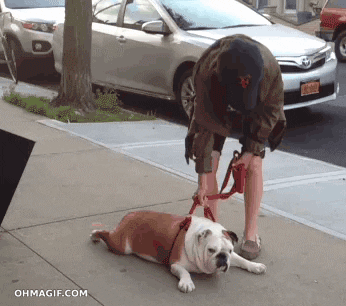
Ideally, dogs should go out multiple times daily — even when you literally feel like you’re stuck on your couch.
Knowing that you need to take your dog for a walk can motivate you to get up and move, which you might have avoided if you didn't have a pet. Additionally, you can incorporate your morning walks into a low dopamine morning routine, which benefits ADHDers by improving their mood and increasing productivity during the day.
3. Emotional regulation
I adopted my dog from an abusive owner when he was only one year old. Initially, he was very anxious, leading him to have some undesirable behavior like barking and lunging. Dealing with his intense emotions due to past trauma reminded me of my own challenges with emotional dysregulation as someone with ADHD.
Typically, my ADHD can make it really hard for me to control my intense emotions, but seeing how anxious he was about another owner's anger taught me the importance of emotional regulation.
As a result, I'm happy to say I've found effective ways to calm down whenever my dog upsets me, which has positively affected my emotional control in other areas of my life.
4. Stress relief and relaxation
In my sessions with a dog trainer, I learned how to train my dog to relax. Applying these techniques at home helped me teach him to stay calm in stressful situations.
By consistently reinforcing these techniques, I created a more peaceful and harmonious home environment for my furry friend and myself. It’s been a life-changing experience for us.
5. Social skills and relationships
Have you ever noticed that dogs are the perfect conversation topic? I've lost count of how many conversations I've started with strangers because of talking about my dog's breed or funny habits. Having my dog with me eases my social anxiety when meeting new people and making new friends.
💡 Pro tip! Make a list of dog-friendly spaces in your area, such as dog parks or outdoor seating at restaurants and breweries. I've met lots of people this way, and it wasn't anxiety-inducing because I had my best friend with me!
6. Focus and attention
It's no secret that caring for a dog requires focus and attention to detail. And in case you didn’t know, your pet will undoubtedly remind you!
Taking your dog for a walk, letting them outside for bathroom breaks, playing interactive games, and training them with new tricks and commands are activities that require close attention, all of which can help ADHD adults and kids develop concentration skills.
7. Emotional support and companionship
Dogs offer tremendous emotional support by default — they will literally love you for the rest of their life just for caring for their basic needs.
They can also provide their humans with attention, companionship, and a sense of safety—things that ADHDers with anxiety or rejection sensitivity might have difficulty asking for.
What's not to love!?
8. Sensory stimulation and regulation

Dogs can provide sensory benefits and a feeling of calm for children and adults with ADHD, particularly those who are also autistic or have a comorbid sensory processing disorder.
Doing things like petting their fur, cuddling with them, or giving them belly rubs can improve sensory-related symptoms, such as understimulation, overstimulation, and sensory overload.
ADHD and dog ownership: Things to consider
Make sure you fully understand the responsibility of owning a pet before deciding if you're ready for the commitment.
8 ADHD traits that can make it harder to own a pet
Here are some ADHD symptoms that might make owning a pet more challenging, along with examples of how they can manifest in your daily life as a pet owner:
1. Inconsistency
- Difficulty creating routines and actually using them
- Having an inconsistent schedule for walks and mealtimes
2. Impulsivity
- Making an impulsive decision to get a dog
- Making an impulsive decision to get a second dog
- Making an impulsive decision to get a third dog...
3. Forgetfulness
- Missing a vet appointment because you forgot about it
- Forgetting to feed your dog at a reasonable time
4. Disorganization
- Losing important documents, such as vaccination records
- Having a chaotic living space without a designated area for your dog's supplies
5. Distractibility
- Losing focus while training your dog
- Becoming sidetracked before giving your dog their medicine and missing their dose
6. Sensory sensitivities
- Feeling overwhelmed or overstimulated by your dog’s affection
- Having an extreme aversion to the sounds, visuals, and smells associated with pet clean-up
7. Emotional dysregulation
- Overreacting when your dog has an accident in the house
- Having an angry outburst when you find chew marks all over the new materials for your latest hobby (e.g., woodburning kit, crochet needles, paintbrushes, etc.)
8. Perfectionism
- Having unrealistic expectations for your ability to train a dog
- Being too hard on yourself when you don't meet your self-imposed standards
- Unrealistic expectations for your dog's ability to listen and obey commands
Dog behavior and training
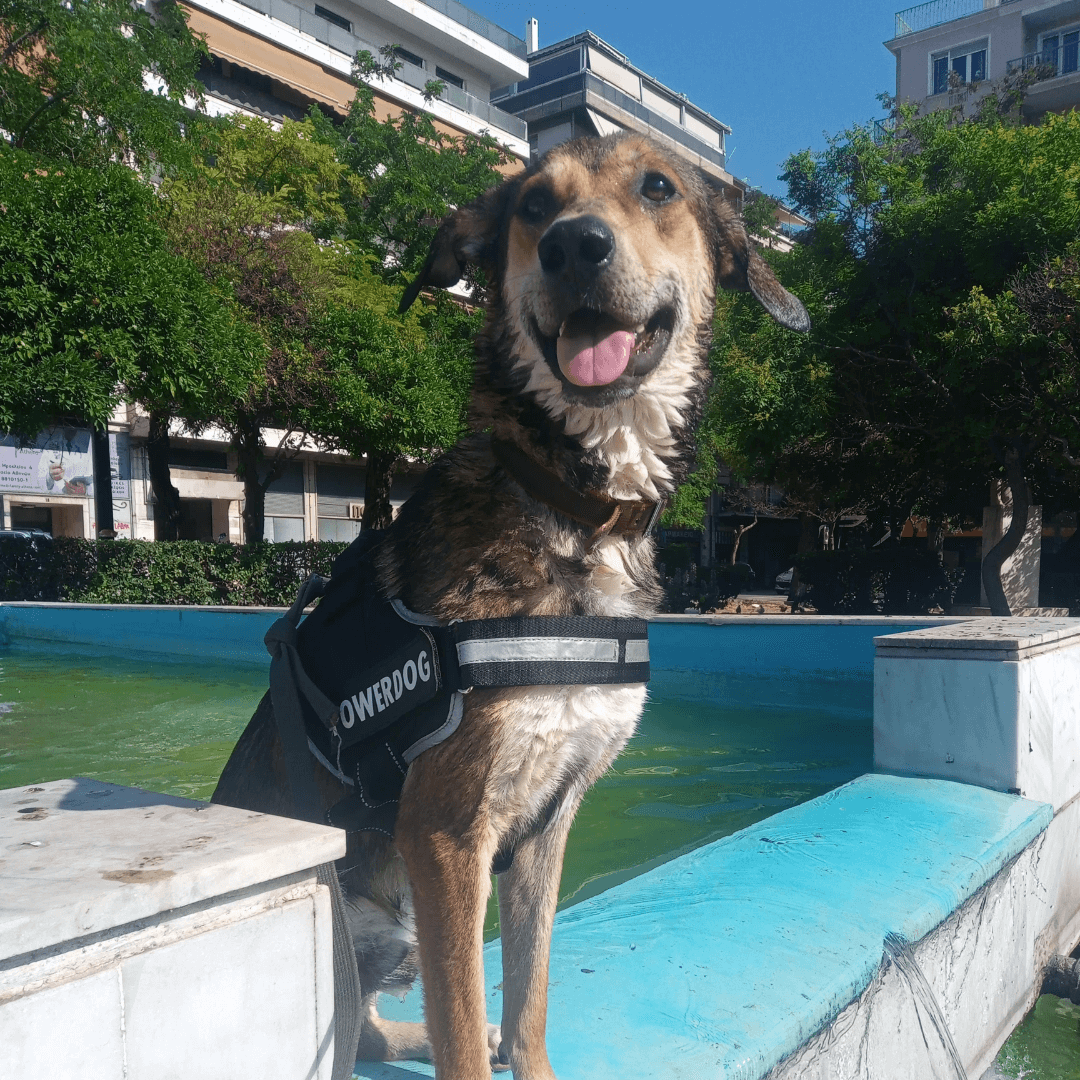
Owning a dog alone won’t help your ADHD symptoms if you don’t train it properly. On the contrary, an untrained and misunderstood dog will only create more messes, increase your stress levels, and make your ADHD worse. Because of this, it's essential to understand your dog and its body language.
For example, did you know certain dog behaviors convey different meanings?
- Tail wagging: happiness, excitement, nervousness, or caution
- Paw lifting: desire for attention, playfulness, discomfort, or pain
- Yawning: stress, anxiety, sleepiness, or overstimulation
- Eye contact: assertiveness, aggression, submission, or relaxation
- Lip-licking: anticipation, stress, anxiety, or submission
Understanding your dog's body language and behaviors strengthens your bond with your furry companion, promoting effective training and communication. That said, positive reinforcement is the most effective and friendly animal training method.
Positive reinforcement and dopamine
Positive reinforcement aligns with dogs' need for a familial bond and safety instead of hierarchy and feelings of shame associated with punishment. Learning about positive reinforcement training will ensure you train your dog correctly and enjoy spending time with them.
Positive reinforcement is linked with dopamine, a neurotransmitter (brain chemical) that functions in the brain's reward system.1 So when we experience something rewarding or pleasurable, dopamine is released, creating a positive association with whatever caused the dopamine release.
The same is true for dogs.
⚛️ Science translation? Petting your dog, giving her a treat, and telling her she’s a good girl when she listens to you? That’s the best way to condition her to keep listening to you.2
Final thoughts
Pet ownership can be great for helping with ADHD management and it doesn’t necessarily have to be a dog. Maybe some other pets—cats, rabbits, bearded dragons, or birds—might be less demanding and better suited for you. Consider lifespans and how long you’re prepared to commit to taking care of an animal.
Having any kind of pet is a big responsibility and long-term commitment. Before owning a dog, I often felt that I couldn’t even take care of myself, let alone another living being. Fortunately, my puppy buddy taught me how to take care of him, and in the process, I learned a lot more about how to take care of myself.
Sources
1 Cells | Dopamine: The Neuromodulator of Long-Term Synaptic Plasticity, Reward and Movement Control (2021)
2 Trends in Neurosciences | Deciphering the dog brain with fMRI (2023)


